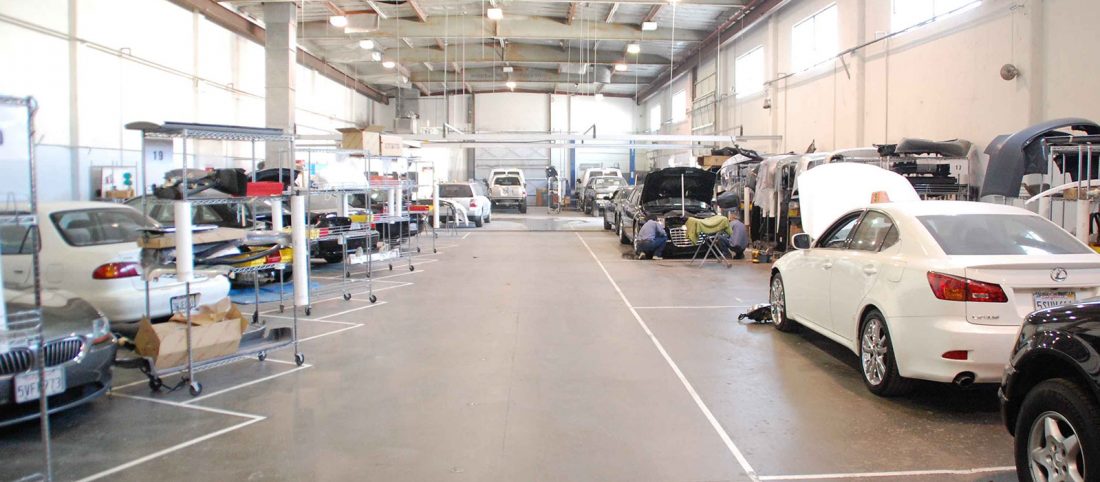All Categories
Featured

[/image]
Brakes are perhaps the most essential safety and security function of any automobile. Without trusted brakes, also the most powerful cars and truck can come to be a risk on the roadway. That's why normal brake evaluations are a have to for guaranteeing your automobile stops when you need it to. Following a proper brake examination routine can not only keep you secure yet additionally aid you stay clear of pricey repair work. Here's a detailed overview on exactly how to correctly inspect your brakes and what to keep an eye out for.
- The Value of Normal Brake Inspections. Brakes undergo constant wear and tear with every use, whether you're driving at broadband on the freeway or cruising through city roads. With time, brake pads, blades, and various other parts put on down, which can impact stopping performance. Without routine inspections, you may not see the steady reduction in efficiency up until it's as well late.
Regular brake inspections enable you to catch concerns early, guaranteeing that your brakes continue to be responsive, reputable, and risk-free. Timely assessments can additionally conserve you cash by addressing minor concerns prior to they become expensive repair services.
- Typical Indications That Your Brakes Required Attention. While routine brake evaluations are necessary, there are some indication you can keep an eye out for to understand when it's time to set up a check-up:
Squealing or Grinding Appears: High-pitched squeaks or grinding sounds when applying the brakes are often signs that your brake pads are worn and need replacement. Resonance or Pulsation: If you feel resonances in the steering wheel or the brake pedal, it might indicate warped rotors, which may require resurfacing or replacing. Soft or Squishy Brake Pedal: If the brake pedal feels unusually soft or mushy, there may be air in the brake lines or a trouble with the master cyndrical tube. Drawing away: If your cars and truck pulls to one side while stopping, this can be triggered by unequal brake pad wear or a concern with the brake fluid. Boosted Quiting Distance: If it takes longer to quit than typical, it may show that the brake pads are put on, the liquid is low, or the rotors are harmed. If you observe any of these symptoms, it's ideal to have your brakes examined promptly.

- Key Elements Checked During Brake Inspections. During a brake evaluation, a service technician will check several essential parts of the braking system to guarantee whatever is working properly. Here are the crucial components entailed:
Brake Pads: The most common reason for bad stopping performance is worn-out brake pads. Checking the thickness of the pads is a top priority during every assessment. Brake Rotors: Blades must be smooth and without grooves or cracks. Any type of substantial damage to the rotors can cause endangered braking effectiveness and uneven pad wear. Brake Fluid: Low or infected brake liquid can hinder stopping efficiency. The technician will certainly inspect the liquid levels and top quality and change it if needed. Brake Lines and Hoses: Brake lines ought to be devoid of leaks or fractures. Any type of damages to the lines can lead to loss of brake fluid, bring about brake failure. Brake Calipers: The calipers use stress to the brake pads. They need to be inspected for signs of wear or leakages to guarantee they are operating properly. Frequently checking these elements helps keep your brake system in peak condition, enabling you to quit your auto securely and successfully.
- How Frequently Should You Have Your Brakes Checked? The basic suggestion is to have your brakes examined at the very least annually or every 12,000 miles, relying on your driving habits. Particular driving conditions might need more regular examinations:
Heavy Website Traffic: If you usually drive in stop-and-go website traffic, your brake pads will put on down faster. Hill Driving: Driving on high roads needs more regular braking, which can create your brakes to put on faster. Towing or Hauling Heavy Loads: If you consistently lug heavy loads, your brakes will experience more tension and call for more regular assessments. If you see any of the warning signs stated earlier, do not wait for the next scheduled evaluation-- have your brakes inspected promptly.
- The Repercussions of Overlooking Brake Inspections. Ignoring regular brake evaluations can lead to severe repercussions. A failing brake system could result in reduced quiting power, which raises your risk of mishaps.
In the worst instance, driving with damaged brakes can bring about complete brake failing, placing you and other drivers in danger. Routine brake inspections are a tiny financial investment that can conserve your life and protect against costly repair services.
- Conclusion: Remain Safe with Regimen Brake Inspections. Brakes are not something you desire to take opportunities with. A trustworthy stopping system is essential for secure driving, and normal brake evaluations are an easy way to make certain that your car quits when you need it most. By remaining on top of brake maintenance, expecting warning indications, and having your brakes inspected at the recommended periods, you'll safeguard both your car and your safety and security.
Do not wait till your brakes start to fall short-- routine routine brake inspections and keep your car in optimal condition for many years ahead.
Latest Posts
Uncover the Top Auto Repair Deals in Montclare, Chicago
Discover Brake Repair & More: Comprehensive Auto Care Solutions from Montclare Auto Repair
Explore Your Financial Partner at WyHy – Top Benefits for Your Financial Goals
More
Latest Posts
Uncover the Top Auto Repair Deals in Montclare, Chicago
Discover Brake Repair & More: Comprehensive Auto Care Solutions from Montclare Auto Repair
Explore Your Financial Partner at WyHy – Top Benefits for Your Financial Goals